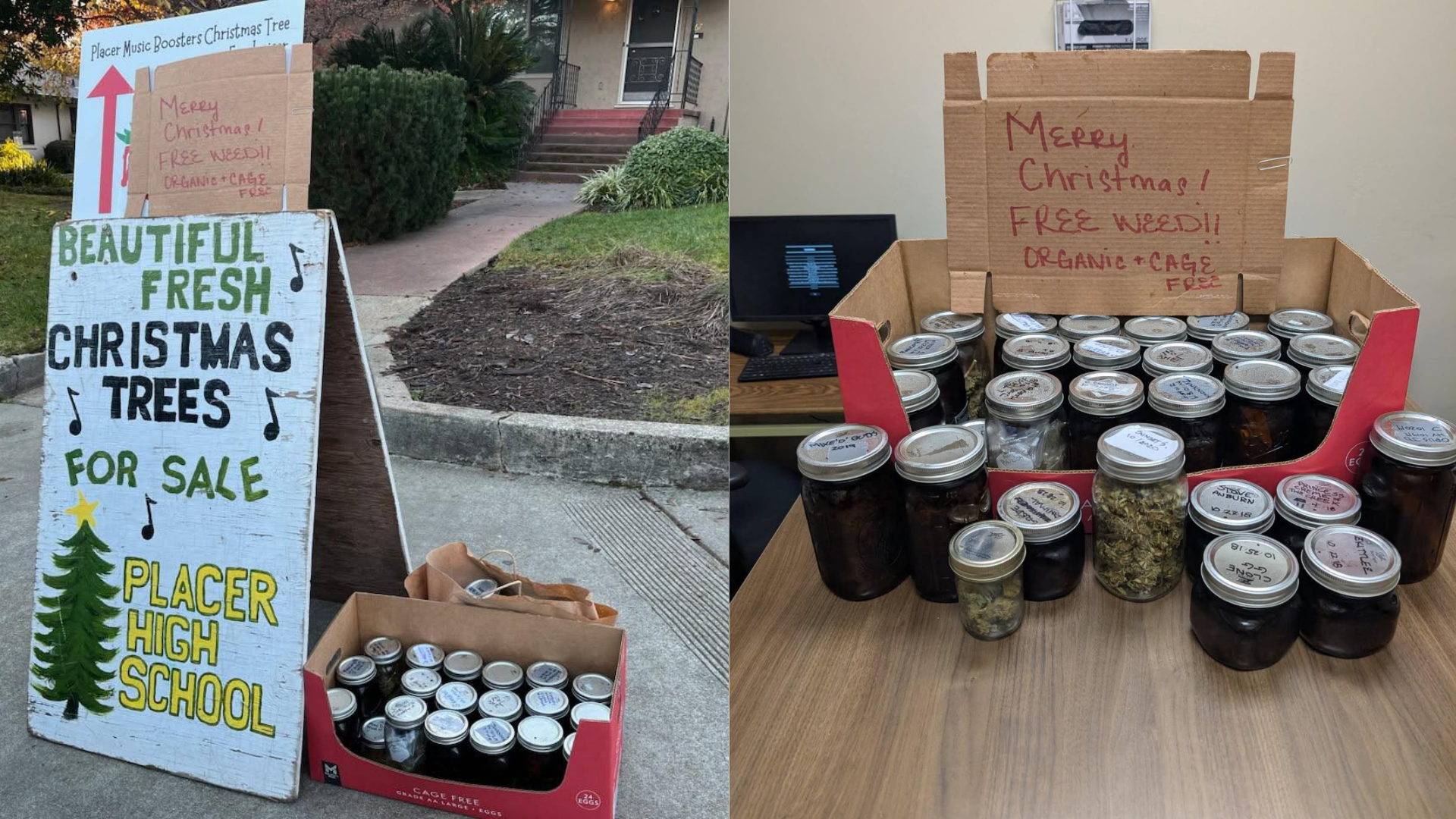New data out today from the Centers for Disease Control and Prevention shows the health gap is widening for many who live in rural parts of the country.
Forty-six million Americans live in rural areas, and are more likely to die from one of the leading causes of death — that’s 15% of Americans, according to the CDC.
Senior health scientist for the CDC’s Office of Rural Health Macarena C. García says the CDC first started tracking the disparities between rural and urban populations in 2016, looking at data going back to 2010. This update now gives a full picture up to 2022.
“The Southeastern part of the United States is really the area that has the highest prevalence or proportion of preventable early deaths,” García said during a press conference.
Heart disease, cancer, unintentional injuries (unintentional poisoning including drug overdose, unintentional motor vehicle traffic crash, unintentional drowning, and unintentional fall), stroke and chronic lower respiratory disease were the leading causes of early death in 2022. The CDC says many of these deaths are preventable.
According to the report, preventable premature deaths from heart disease increased most from 2010–2022 — specifically, about 9% in the two most rural classifications, while it decreased by 10% in large central metropolitan counties.

Science and Tech
Vaccine being developed to fight tumors in liver cancer patients
“44% of heart disease deaths among people 79 and younger in rural areas were potentially preventable, compared with 27% in urban areas,” said Garcia.
There is a lag in time for CDC statisticians to have the most full and accurate picture, and the CDC didn’t include COVID-19 deaths.
“There’s no historical data, so we couldn’t assess trends over time. Our study period was from 2010 to 2022,” Garcia said. “The way that you calculate excess deaths for COVID, which is a public health emergency, is very different than the methodology we used to calculate preventable early deaths for chronic diseases. So it really would be like comparing apples and oranges.”
Unintentional injuries were largely driven by drug overdose deaths.
Gery Guy, the lead health scientist for the CDC’s Division of Overdose Prevention says about 75% of drug overdose deaths involved opioids, mostly illegally manufactured fentanyl.
“CDC is funding several states, local jurisdictions and territories with really two primary focuses. The first is to improve data collection on surveillance around overdoses, both fatal and non-fatal. And then secondly, using that data to inform prevention efforts,” said Guy.
Access to care is a driving factor for disparities in rural Americans. Since 2010, 167 rural hospitals have closed entirely or gotten rid of inpatient care, according to a February 2024 report from health care consulting firm Chartis. It also said half of rural community hospitals in the U.S. are operating at a loss, and more than 400 are in danger of closing.












